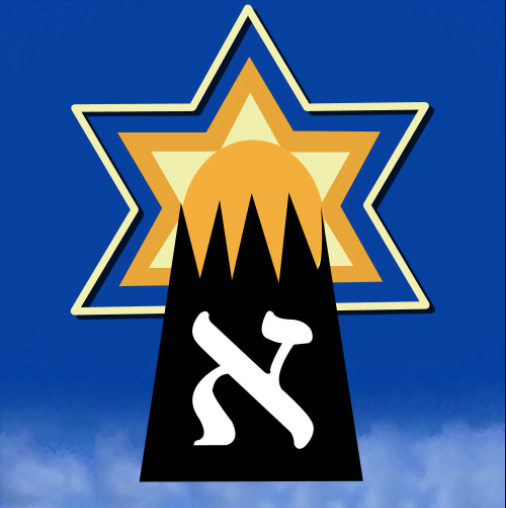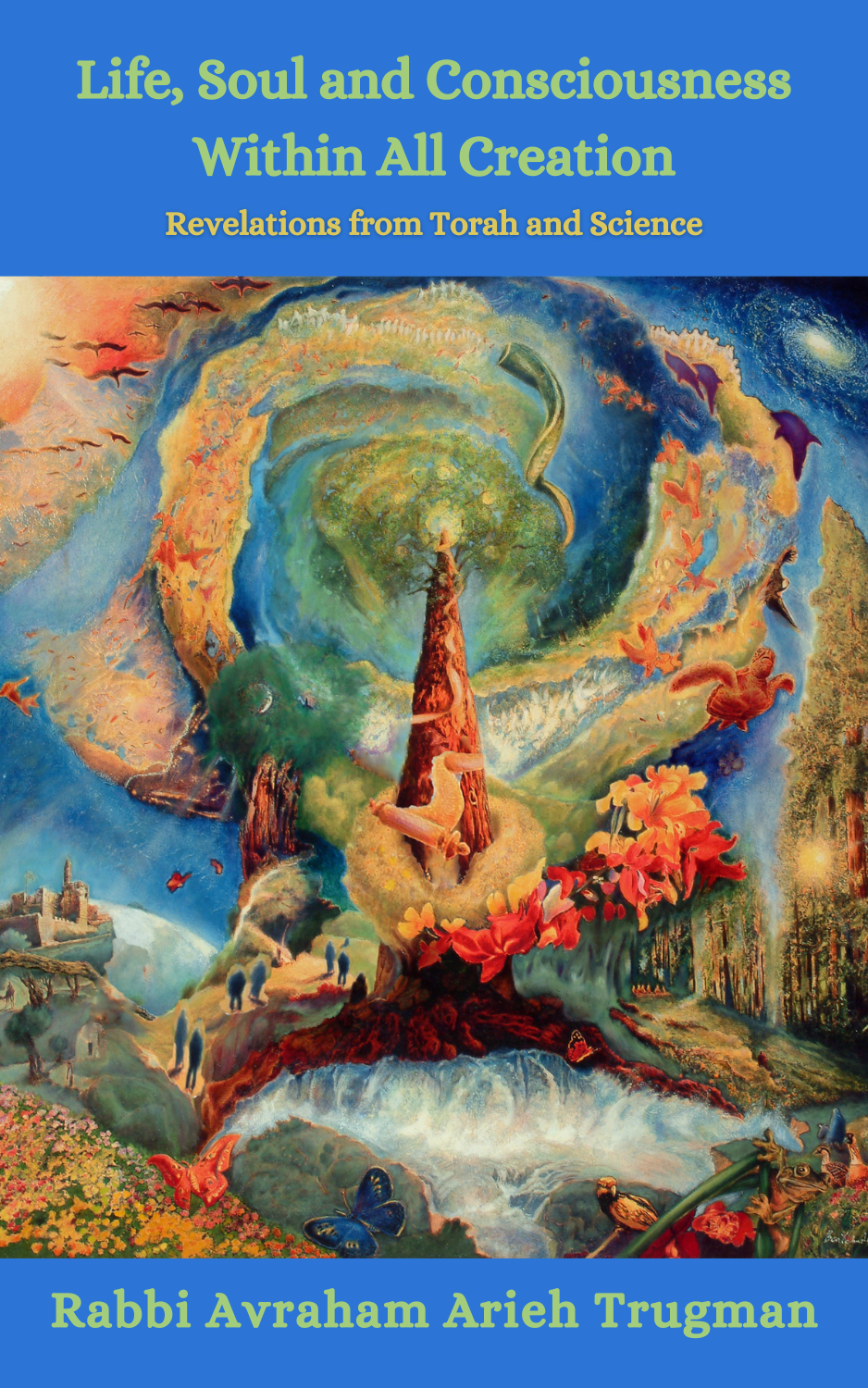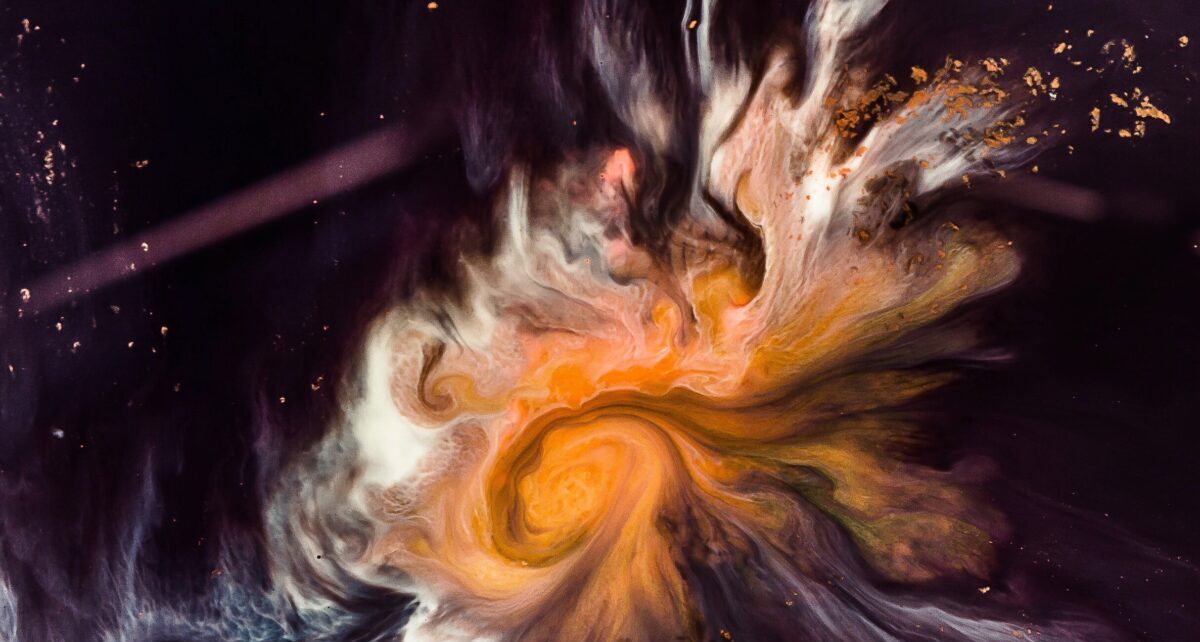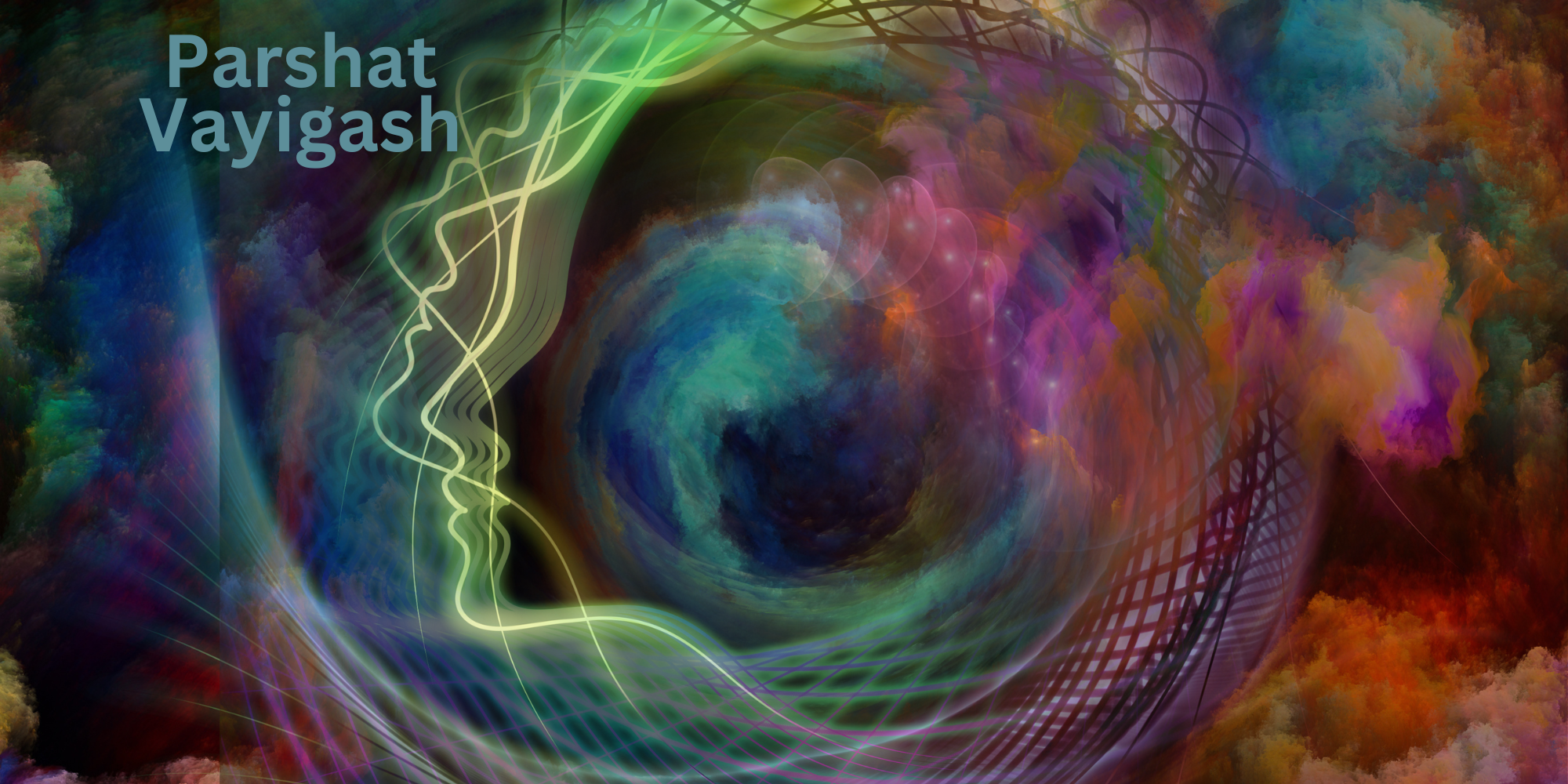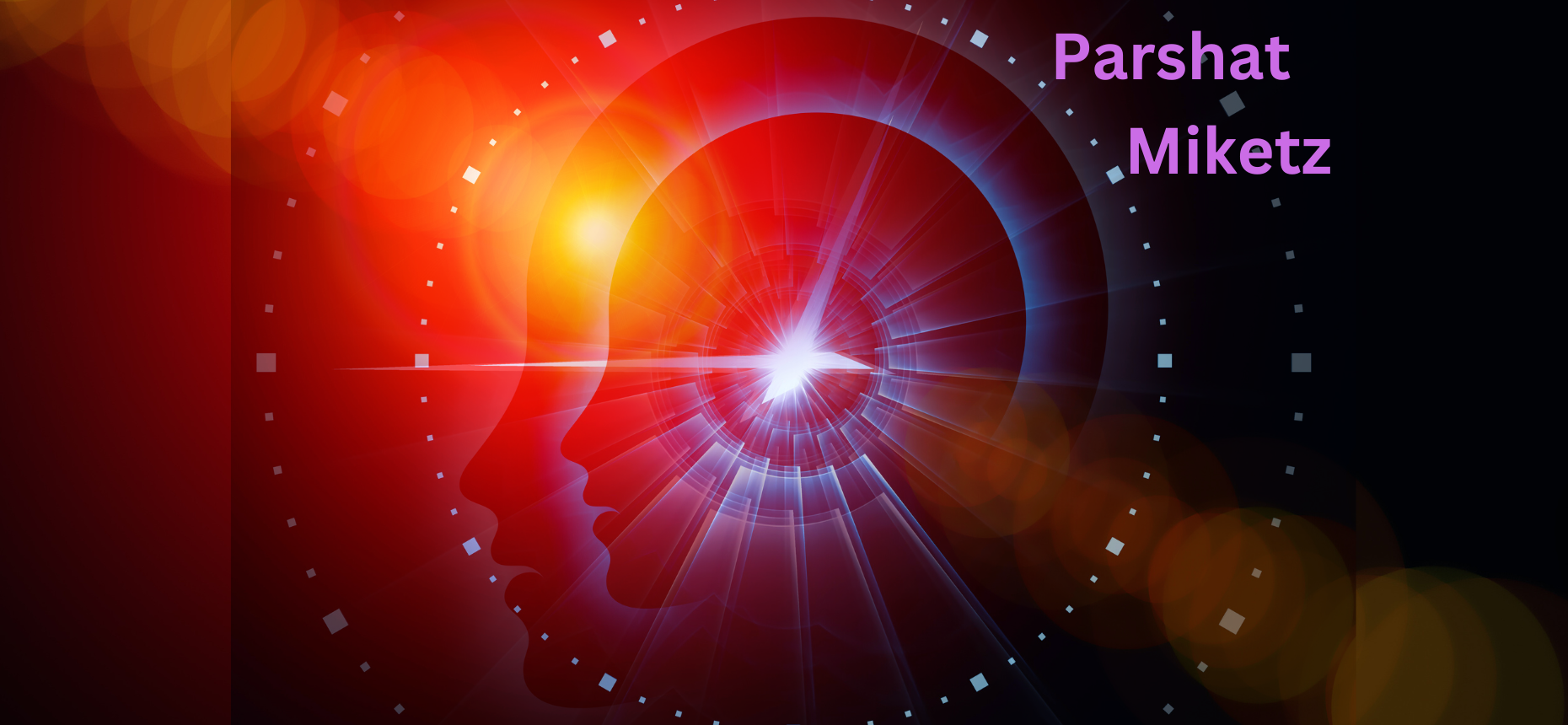Parshat Bereishit
The Torah begins with an account of the seven days of creation. Sefer Yetzirah, one of the oldest Kabbalistic texts, begins by explaining that God created the world through thirty-two wondrous pathways of wisdom. According to the Kabbalah, these thirty-two pathways are the ten sefirot, the Divine channels through which an infinite God creates and maintains a finite world, and the twenty-two Hebrew letters. In many Kabbalistic charts, the ten sefirot are connected to each other by the twenty-two lines of the Hebrew letters.
An important word that has the numerical value of 32 is the word kavod, which means “glory” or “honor.” This word is found in an important verse in Isaiah, which expresses from God’s point of view how all of creation is ultimately for His glory: “Every one that is called by My Name, for I have created him for My glory, I have formed him, I have even made him” (43:7). Not only is everything created for Divine glory, but all creation expresses the glory of its Creator.
Parenthetically, one of the major paradigms in Kabbalistic thought is that there are four worlds in descending order, from the most spiritual to the most material: Atzilut/Emanation; Briah/Creation; Yetzirah/Formation; Asiyah/Action. The concept for this progression and the names in Hebrew of the bottom three worlds are found in this verse from Isaiah (quoted above): “Every one that is called by My Name, for I have created him for My glory, I have formed him, I have even made him” (43:7).
The emphasis on the glory of God is seen clearly in the daily prayer services, where this concept is mentioned numerous times and plays a very important role in our relationship with the Divine. A fundamental component of the daily prayers is the communal recitation of Kedushah, a section of praises to God sung by the angels, which Israel joins as well, effectively elevating them to the level of the angelic for a peak liturgical moment. These words are recited communally in both the morning and afternoon prayers and are also included in the first blessing before the Shema. The main verse of Kedushah is taken from the vision of Isaiah (6:1-3):
“In the year King Uzziah died, I saw God seated on a high and lofty throne, with the train of His garment filling the temple. Seraphim [a type of angel] were stationed above; each of them had six wings: with two they covered their faces, with two they covered their feet, and with two they hovered. One cried out to the other: ‘Holy, holy, holy is the God of hosts! All the earth is filled with His glory!’” In response to this angelic exclamation, the congregation answers with a verse from Ezekiel: “Blessed is the glory of God from His place” (3:12). Another important section of the morning prayers is the recitation of U’va L’Tzion, (“A redeemer shall come to Zion…”) where, once again, the above verse from Isaiah is recited.
Another crucial place where the glory of God is mentioned is in the phrase – Baruch Shem Kevod Malchuto Le’olam Va’ed, “Blessed be the Name of the Glory of His Kingdom Forever and Ever” – which is recited immediately after the cardinal statement of faith in Judaism: Shema Yisrael Hashem E-lohenu Hashem Echad / Hear O Israel, God our God, God is One.
Since every day we recite in our prayers that God renews the works of creation daily, it makes sense that the concept of Divine glory would be such an integral part of these prayers. As mentioned above, God not only created the world for His glory, but all of creation expresses that grandeur. Through deep and heartfelt prayer, we have the opportunity to profoundly connect to the infinite majesty of God that surrounds us and animates every point of time and space. If we take the time to slow down and meditate deeply on the words of our prayers, we are able to not only visualize but tangibly experience the glory of God both around and within us; the grandeur and majesty of an infinite Creator radiating out from the finite.
In the Torah portion of Va’etchanan, Moses once again recounts the awesome Giving of the Torah at Sinai. A key phrase that describes the event is, “and the mountain was burning in fire till the heart of heaven” (Numbers 4:11). The word for “heart” in Hebrew (lev) also equals 32 (along with kavod, as mentioned above). This alludes to the fact that when we put our hearts into something, such as Divine service, and direct our energy towards it, we are giving it proper weight or respect, as kavod and kaved, meaning “heavy,” share the same root.
Another verse from Isaiah has God comforting Israel: “Speak to the heart of Jerusalem and proclaim to her that her time has been fulfilled, because her iniquity has been pardoned’” (Isaiah 40:1-2). Here, God, in the words of the prophet, speaks of the “heart of Jerusalem.” According to Jewish tradition, earthly Jerusalem, in its ideal form, mirrors heavenly Jerusalem. That is why Jerusalem is different from every other city – its very nature reflects a higher, more ethereal reality. Just as Jerusalem is the Jewish people and the Land of Israel’s heart, heavenly Jerusalem is earthly Jerusalem’s heart. On a symbolic level, the heart of Jerusalem and the heart of heaven can be said to be one and the same “place” or concept.
There are many reasons postulated by commentaries throughout the generations as to why God created the world. One of the foremost is that the Divine essence is only good and that His desire to give requires a recipient. For how can giving occur if there is nothing, “no thing” to receive it? When viewed in this way, we see that creation is a constant manifestation of God’s unconditionally loving desire to give. In Kabbalah, the first of the sefirot is chesed, lovingkindness, which in human terms, relates to the emotions and the heart. Therefore, in a deeper way, Divine splendor as manifest in all of the spiritual worlds and our own physical, material world is an expression of the heart of heaven, a symbol for, as it were, God’s heart.
A final gem: As mentioned above, the daily morning service includes praises of the angels on high as recorded in the books of Isaiah and Ezekiel. In response to the angels proclaiming “Holy, holy, holy is the God of hosts the whole world is full of His glory,” other angels respond with the proclamation “Blessed is the glory of God from His place.”
The simple understanding of God’s place is in the upper worlds, surrounded by angels in the heavenly host. Yet, when multiplying the numerical value of the name of God (26) י-הוה, times the word glory (32) כבוד, the total equals the Land of Israel, Eretz Yisrael (832) ארץ ישראל. In other words, even though the glory of God is manifest in every place and every time, it is most revealed and concentrated in the Land of Israel. Thus, it is written that Israel is “a land that God, your God, seeks out; the eyes of God, your God, are always upon it, from the beginning of the year to year’s end” (Deuteronomy 11:12).”
This confirms a profound teaching of the Maggid of Mezritch who taught that Azilut, the highest and most Divinely-infused of all of the worlds, is also here in this world of physicality. Although in one sense the four Kabbalistic worlds mentioned above are hierarchical, in another sense they manifest in a holistic manner in this the lowest of all of the created worlds. The manifestation of God’s glory ultimately is a heart-to-heart communication between the Creator and His creation, especially with the Jewish people in the Land of Israel.

